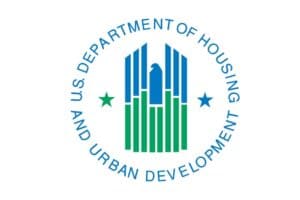The Department of the Treasury allocated an additional $21.55 billion in emergency rental assistance funds to the states and communities from the American Rescue Plan Act. The new funds (ERA 2) set aside $2.5 billion for eligible grantees with a high need based on the number of very low-income renter households paying more than 50 percent of income on rent or living in substandard or overcrowded conditions, rental market costs and change in employment since February 2020. Treasury also updated its ERA FAQs as of May 7 with substantial changes:
- Financial Hardship Caused By vs. During the Pandemic: ERA 2 eligibility only requires that households qualify for unemployment or have a financial hardship during the pandemic, as opposed to a financial hardship caused in some way by the pandemic for ERA 1.
- Direct-to-Tenant Assistance: Programs are now required to offer assistance directly to renters if landlords choose not to participate. The guidance cuts in half the time ERA 1 programs must wait to provide assistance directly to renters if no response from the landlord (14 to seven calendar days), and ERA 2 programs are able to offer assistance to renters without first conducting outreach to landlords.
- Self-Attestation: The new guidance strongly discourages ERA programs from establishing documentation requirements that would make it difficult to receive aid, and it allows alternative ways to verify eligibility.
- Evictions: Under both ERA 1 and 2, grantees now must prohibit landlords from evicting a tenant for nonpayment of rent during the period covered by prospective assistance, and grantees are encouraged to prohibit landlords from evicting a tenant for nonpayment of rent for some time period after providing ERA for arrears.
- Federally Assisted Households: The new guidance prohibits both ERA programs from denying assistance to federally assisted households (LIHTC, Public Housing and Indian Housing Block Grant), noting that failure to do so may violate civil rights laws.
“If an eligible household participates in a HUD-assisted rental program or lives in certain federally assisted properties (e.g., a Housing Choice Voucher, Public Housing or Project-Based Rental Assistance) and the tenant rent is adjusted according to changes in income, the renter household may receive ERA 1 assistance for the tenant-owed portion of rent or utilities that is not subsidized. Grantees are encouraged to confirm that the participant has already reported any income loss or financial hardship to the Public Housing Authority or property manager and completed an interim re-examination before assistance is provided.”
